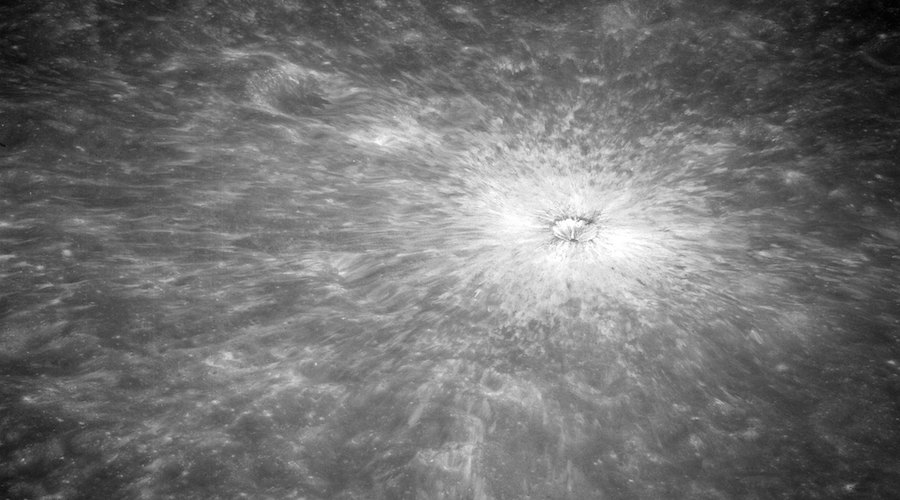
Space agencies worldwide are looking to adapting terrestrial mining methods for use on the moon as a critical enabler of mankind’s conquest of deep space exploration.
The Canadian Space Agency (CSA) has contracted the Sudbury, Ontario-based Centre for Excellence in Mining Innovation (CEMI) to help identify Canadian earth-bound mining assets, capabilities and innovators that could help develop and establish a space mining industry.
The target? Water on the moon in the form of tiny ice crystals. The ice is trapped in a fine dusty top 2-metre surface layer called regolith. Once extracted, the water can be split into two valuable commodities in space using simple electrolysis – oxygen to sustain human presence and hydrogen, recombined with oxygen, becoming one of the most potent chemical propellants known to humanity.
The goal is to set up lunar infrastructure and a midway space staging area orbiting the Moon, from where deep space exploration to Mars and beyond can be contemplated.
According to Dale Boucher, who has been researching space mining technologies for over two decades and is working with CEMI on the CSA project, mining on the Moon will not resemble anything we’re used to on Earth.
However, he told an April 13 CEMI-hosted webinar on the emerging space mining economy the clock is ticking to find suitable mining methods applicable to the moon.
Comments
Christina Dian Parmionova
SPACE & ENTREPRENEURSHIP is the theme chosen to celebrate WORLD SPACE WEEK 2023. form 04 to 10 October.